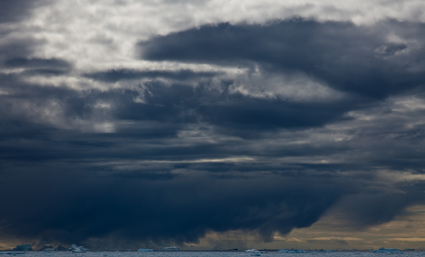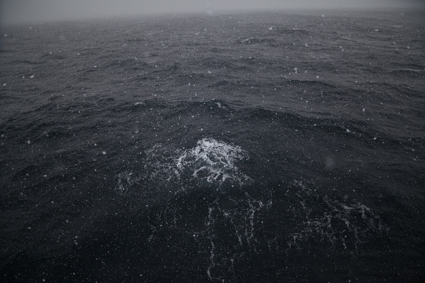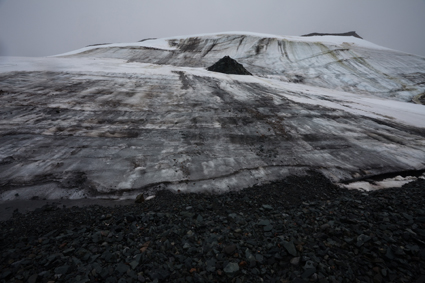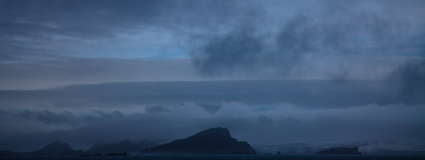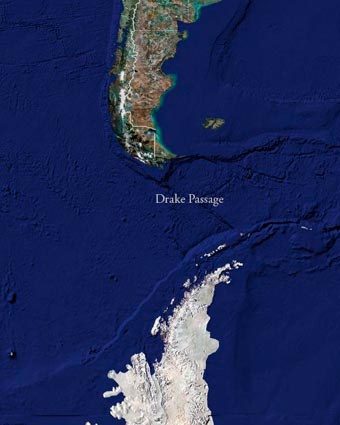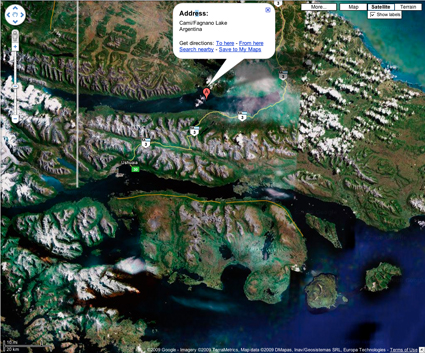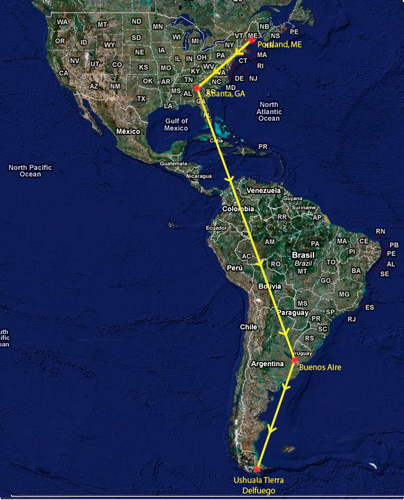Crystal Bay & The Gullet
This is quite possibly the most beautiful place I have ever been. While the captain of the ship had been here before, none of our guides had – our expedition leader Brandon has been on 80 voyages. Very few people get to see this part of the planet. There was no one else here with us. The place feels as pristine as it is white. We sailed slowly through miles and miles of sea ice and icebergs in a glassy smooth ford-like channel with 500 meter high cliffs that gave off small avalanches and tall peaks where tiny clouds accumulated in an otherwise completely blue sky. The channel was so tight and choked with sea ice there were times we couldn’t imagine where we’d go next or see where we came from. An endlessly changing composition of light and form on a scale of symphonic grandeur unfolded before us continuously for hours on end. Everyone needed to take a break, though we hated to, at some point or another. Not one of us could fully believe what we were seeing. It will take some time for this to sink in for all of us. Even then, I imagine we’ll need to revisit our photographs to confirm that it wasn’t just a dream.
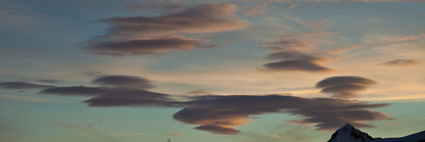
How did I deal with a complex fast moving subject? Two cameras (no time tochange lenses) with two lenses of different focal lengths (one wide angle, one telephoto). The exercise of switching ways of looking from the big picture to the details, from near to far, and back again, and back again, and back again was excellent. You truly learn to see in different ways, internalizing the knowledge, not just understanding it intellectually.
Enjoy my Antarctica galleries, book, and statements.
Learn more about my workshops here.
Early registrants get discounts at home.
Members get discounts abroad.


